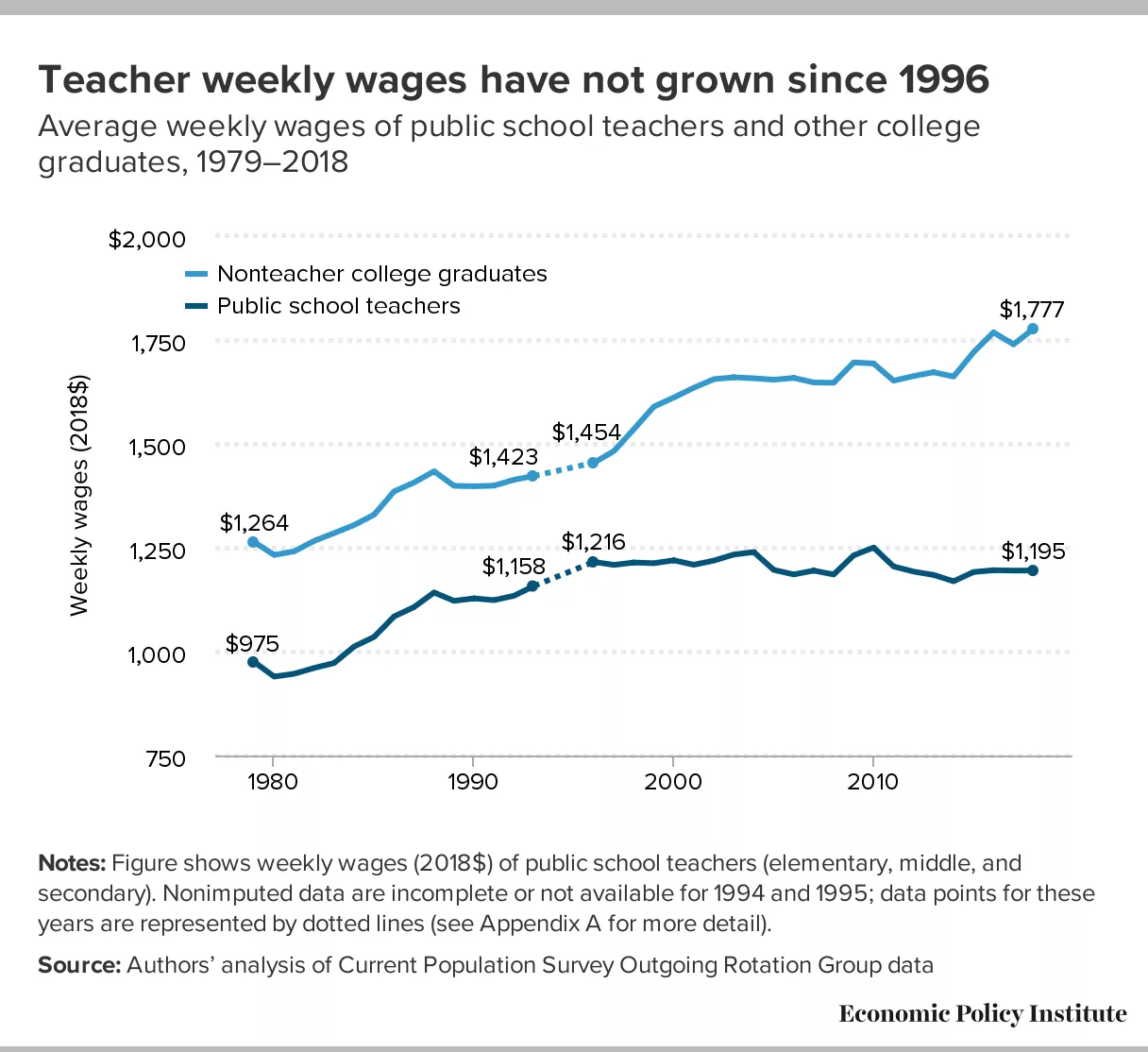Build broad unity
Build unity within the affiliate for a salary campaign to ensure that members, UniServ staff, and elected leaders support it. Make certain that everyone has input and will help put a plan into effect. Build unity among NEA members in various job categories — teachers, Special Instructional Support Personnel (SISP), Education Support Professionals (ESP) — while connecting K-12 and higher education members in the same region.
Devise a long-term campaign plan
Start with a member-driven SWOT (Strengths, Weaknesses, Opportunities, Threats) analysis of the Association. Inventory your members’ assets by surveying educators’ community leadership roles, special credentials and training, professional awards, and personal successes to demonstrate that NEA members are “good neighbors” and community leaders.
Gather solid, reliable data
Focus on economic and “Bargaining for the Common Good” topics like school funding, cost of living, housing costs, the regional living wage, pay in comparable professions, and education pay in neighboring states. Consider all potential allies and formulate a list. Assess what you know about “the opposition.”
Wage Growth
Develop relationships with community allies
Educate the community about the relationship between school funding and teacher pay by having members speak about how recruiting and retaining the best teachers helps students and the community. Work with natural allies like other unions, higher education students, parent groups (such as the PTA and those representing subsets of students like students with special needs, gifted and talented, and English Language Learners). In many cases, school administrators and school board members may be similarly frustrated with low state funding and teacher shortages.
Increase membership and member involvement
Administrators and state officials will gauge the Association’s strength by its members’ support. Contact your state affiliate or the national NEA for leadership and organizing training, if necessary. The NEA Department of Collective Bargaining and Member Advocacy ([email protected]) can provide bargaining and advocacy support as well as salary resources.
Research strong arguments for professional pay
Focus on the need to recruit and train quality educators, the high costs of educator turnover and retraining, and the scandal of public educators having to work multiple jobs. Highlight how educator shortages, which are often exacerbated by staff seeking jobs in bordering states with higher pay, adversely affect students and their learning conditions.
Examples of the adverse effect on students include larger class sizes, fewer classes offered, cuts to music and arts classes, lack of student support, longer bus rides, and the use of long-term substitutes who lack the necessary expertise in the subjects they are teaching.
Create ambitious salary goals
Base those goals on a “we’re worth it” mentality. Educators’ work has become more challenging, yet teachers are paid less than comparable professionals. According to the Economic Policy Institute, on a national basis teachers are paid 21% less than similarly educated professionals. EPI’s research also shows the compensation gap by state.
Improve salary schedules, preserve professional pay
Develop proposals to improve salary schedules (“shortening” them so educators can reach the highest salary in the shortest period of time) to maximize career earnings. Consider devising a new salary system based on professional growth. Preserve professional pay through smart bargaining, improving salary schedules, and building relationships with folks who initially opposed you.
Develop a multi-faceted communications plan
The plan should include public relations, and social and digital media. Be able to communicate how cuts in state funding for education are hurting students and the community. Provide members with message training and coach them on public speaking and dealing with the media. Highlight members who are most comfortable talking articulately and passionately about salary issues. Communicate constantly with members and the public during a long salary campaign. Have community partners speak to why professional pay for teachers is important.
Show and Tell
Develop effective, accurate local stories and visuals that grab attention, such as duct-taped 25-year-old textbooks, buildings with mold or water damage, broken furniture, and large classes. Document how teachers spend their own money on class supplies and ESPs work multiple jobs to barely make ends meet.
Follow the money
Monitor legislation and budgets at the state and local level that affect school funding. Learn the intricacies of your local municipal and state budgets, and how they impact your school district’s finances. Track any school board efforts to divert spending away from expenditures that help students and educators directly. Assess if any members are interested in running for openings on the school board.
Suggested Further Reading
Are you an affiliate?



